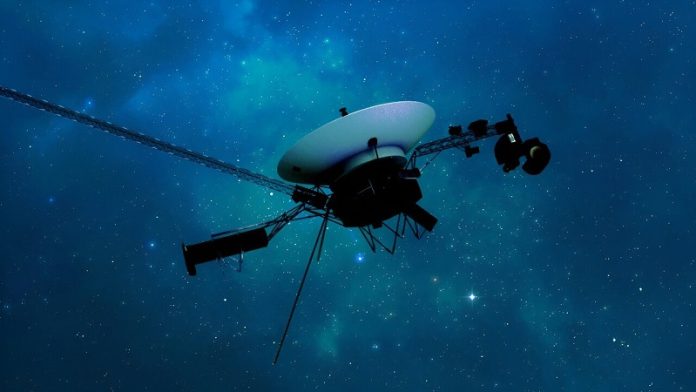
NASA’s Voyager 1 spacecraft has started sending back valuable information about its condition for the first time since November last year.
This development is a significant step towards getting the spacecraft to transmit scientific data once again.
Voyager 1, along with its twin Voyager 2, are historic because they are the only spacecraft that have traveled into interstellar space—the vast area between stars.
Since November 14, 2023, Voyager 1 had been unable to send back readable data on its science and engineering systems to Earth.
Although NASA’s mission controllers could communicate with the spacecraft and confirmed it was still functioning, they couldn’t receive any usable data.
The problem was traced back to a malfunction in one of the spacecraft’s three onboard computers, specifically the flight data subsystem (FDS), which is crucial for organizing and sending both scientific and engineering data back to Earth.
The issue centered around a single memory chip within the FDS that failed, losing some vital software code needed for data processing. Since this chip couldn’t be fixed remotely, NASA’s engineers at the Jet Propulsion Laboratory in Southern California had to find a workaround.
They decided to move the lost code to different parts of the FDS memory. However, no single part of the memory was large enough to hold the entire code by itself.
The solution involved dividing the affected software code into smaller sections and storing these in various memory locations within the FDS.
This approach also required modifications to ensure that these separate pieces of code would work together as intended. References to the code’s new locations also had to be updated throughout the FDS’s memory.
On April 18, the team took the first step by relocating the code responsible for packaging the spacecraft’s engineering data.
Given the vast distance—over 15 billion miles (24 billion kilometers) from Earth—a radio signal takes about 22.5 hours to travel one way. On April 20, when the signals from Voyager 1 reached back to Earth, the team confirmed that the modification was successful.
This was the first time in five months that they could assess the spacecraft’s health and functionality.
In the upcoming weeks, the engineering team will continue to move and adjust other parts of the affected FDS software to restore the capability of returning scientific data. Meanwhile, Voyager 2 continues to operate as expected.
Launched more than 46 years ago, the twin Voyager spacecraft are the longest-operating and most distant explorers in history, having traveled past planets like Saturn, Jupiter, Uranus, and Neptune before embarking on their current interstellar mission.



